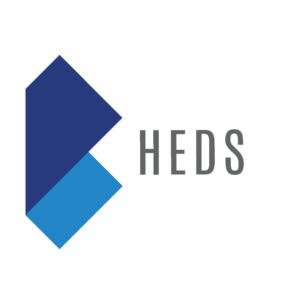By David Brond and Kathleen Doyle
The world as we knew it has changed. This is also true across the entire landscape of higher education.
May 1 was National College Decision Day, the traditional deadline for high school seniors to pick their college or university. In 2020 unfortunately, thanks to the COVID-19 pandemic, this important decision has become more difficult than ever for students and parents. The pandemic is also having—and going to have—a profound impact on the future of institutions of higher learning across the country.
 Survey results from higher education resources such as the Higher Education Data Sharing Consortium (HEDS), the National Student Clearinghouse and leading industry research agencies identify that only 70% of high school seniors who were planning to attend a four-year institution prior to the pandemic still plan to do so. Another approximately 20% are “probably not” going to attend their original school of choice (and researchers suggest that this group be counted as “not” going to attend), while the remainder have definitely changed their plans. To compound matters, nearly 15% of current college and university students are not planning on returning to campus this fall.
Survey results from higher education resources such as the Higher Education Data Sharing Consortium (HEDS), the National Student Clearinghouse and leading industry research agencies identify that only 70% of high school seniors who were planning to attend a four-year institution prior to the pandemic still plan to do so. Another approximately 20% are “probably not” going to attend their original school of choice (and researchers suggest that this group be counted as “not” going to attend), while the remainder have definitely changed their plans. To compound matters, nearly 15% of current college and university students are not planning on returning to campus this fall.
Students are considering their options like never before, including possibly enrolling in a community college, staying close to home, and taking a gap year.
This uncertainty extends to institutions as well. As the number of colleges have begun posting that they “plan” or “intend” to open in the fall, but their announcements often include words of caution, such as “if it is deemed safe” or “depending on guidance from state and federal authorities.”
Regardless of whether your institution is planning on holding summer classes, extending online learning opportunities, or “hoping” to reopen in the fall, here are five priority marketing communications steps you should take right now:
- Protect your institutional brand and distinctiveness by continuing to run multichannel brand campaigns. Weight those campaigns more digital, but do not exclude traditional tactics, as they still provide value. Increase your video presence if possible. According to Nielsen, 80% of people are watching more video-based content (broadcast TV, online videos, etc.).
- Retargeting is a powerful tactic to draw people back to you during their decision-making process. It is even more important to utilize it for retention purposes to stay top of mind with current students and their parents. Communicate your value to audiences that is specific to their needs. Build specific retargeting audiences leveraging their email addresses and specialized landing pages. Be sure to extend membership time frames, pushing from a standard 30 days to 90 days or more.
- Ensure your online model supports your institutional brand. Build highly targeted and segmented audiences paired with relevant messaging. Adult learners and traditional new students have different behaviors and interests. Leverage analytics and custom audiences to ensure you are delivering the right messages to the right people. Your online brand should complement, not contradict, your on-campus brand in both look and messaging.
- Expand your marketing options to reach audiences. Incorporate look-alike audiences into your digital targeting. If you’ve already done this, be sure to update those seed lists. Last year’s transfers or incoming freshman will have a significantly different digital indicator.
- Communicate with your current students. Provide regular, informative updates to all your current students to remind them of why they chose your institution and the value of completing their education there. This will help with current student retention.
Newsletter Signup
Get our Newsletter
Sign up to receive our industry trends newsletter: